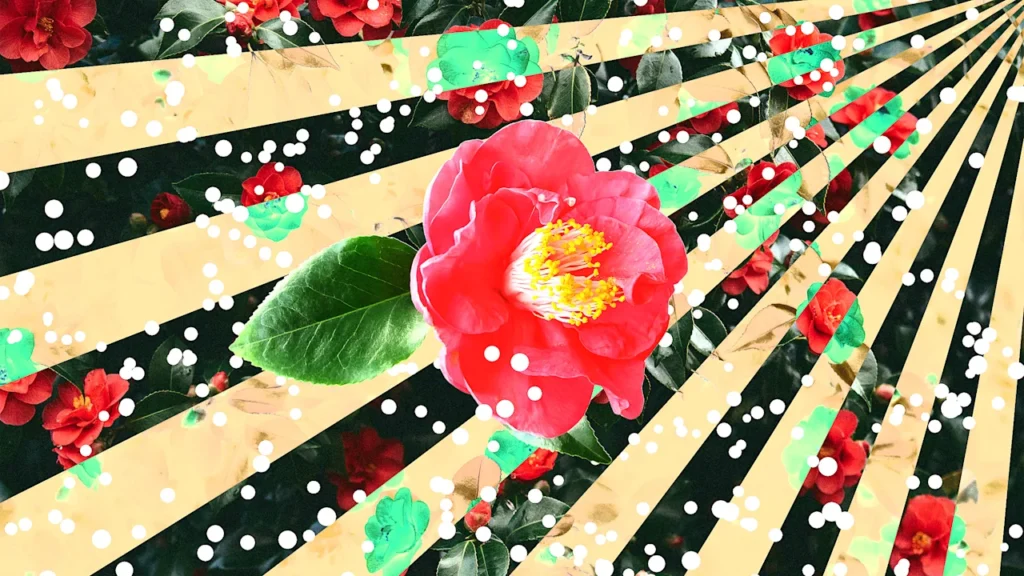
When you apply sunscreen at the beach, it doesn’t necessarily stay on your skin. Some of that sunscreen can wash off when you swim, and the chemicals that shield you from ultraviolet rays end up damaging marine life such as coral reefs, sea urchins, and green algae. Each year, an estimated 6,000 to 14,000 metric tons of commercial sunscreen gets into the ocean. Places like Hawaii and Aruba have already banned certain sunscreens.
A new sunscreen created by material scientists at Nanyang Technological University in Singapore, however, doesn’t harm corals. And it’s not a mineral sunscreen either, which are often thick and can leave a white cast on your skin. Instead of using chemical or mineral filters, it blocks UV waves, thanks to the pollen in camellia flowers—and it also keeps your skin cool in the sunlight.
The research team was specifically looking at bio-inspired materials as a way to make a more sustainable, safer sunscreen. “We were inspired by the natural resilience of pollen grains, which have evolved over millions of years to protect plant genetic material from harsh UV radiation and environmental stress,” Nam-Joon Cho, a professor at NTU and the President’s Chair in Materials Science and Engineering, says over email.
Though pollen has been studied in cosmetic science before for its antioxidant or nutrient properties, it hasn’t, to Cho’s knowledge, been used directly as a UV shield before. Pollen is unique because its structure makes it capable of filtering out harmful UV rays while being visually transparent; it’s also biodegradable.
To turn pollen into sunscreen, the researchers processed the inner parts of the pollen shell into a “microgel” formula, which applies as an ultra-thin layer on the skin. The pollen-based sunscreen also creates a cooling effect because those microgels block UV light while letting most of the visible and near-infrared light pass through, without absorbing them.
“Since those wavelengths carry most of the sun’s heat, less energy gets trapped and converted into warmth on the skin,” Cho says. “As a result, the skin stays cooler compared to when commercial sunscreens, which absorb more of that heat-carrying light, are used.” (Researchers also made a sunscreen from sunflower pollen—which blocked UV rays but didn’t have that cooling effect—though it wasn’t as effective in tests.)
In lab tests, the camellia pollen-based sunscreen blocked UV radiation at levels comparable with conventional mineral sunscreens, with an SPF of about 30. In lab tests with corals, commercial sunscreen spurred coral bleaching in just two days, with coral death happening in around six days. But the pollen-based sunscreen didn’t harm the corals, even up to 60 days. That was crucial for the researchers. “Using pollen, which is already a natural component of ecological cycles, allowed us to design with environmental safety in mind,” Cho says.
The pollen sunscreen may be safer for humans, too. It doesn’t include nanoparticles such as titanium dioxide or zinc oxide, which sometimes “raise inhalation and safety concerns,” Cho says. And even if you suffer from spring allergies, the pollen sunscreen shouldn’t bother you. Camellia pollen is generally considered nonallergenic, and when the pollen is processed, any allergenic proteins are removed.
Next, the researchers want to optimize the sunscreen for longer wear and water resistance. They’re also looking at ways to use pollen in all other applications, like drug delivery or food protection. “The larger vision,” Cho says, “is to build a portfolio of bio-inspired, eco-friendly materials that can replace petrochemical-based products in everyday life.”
